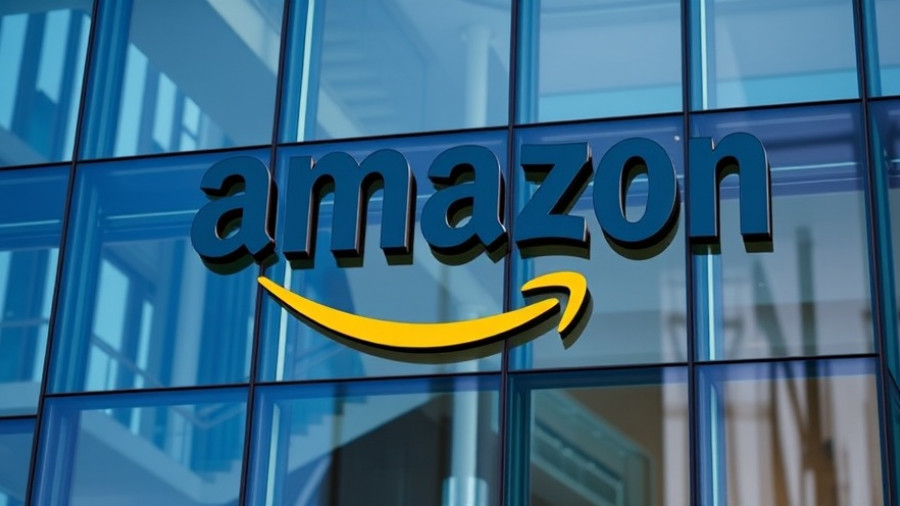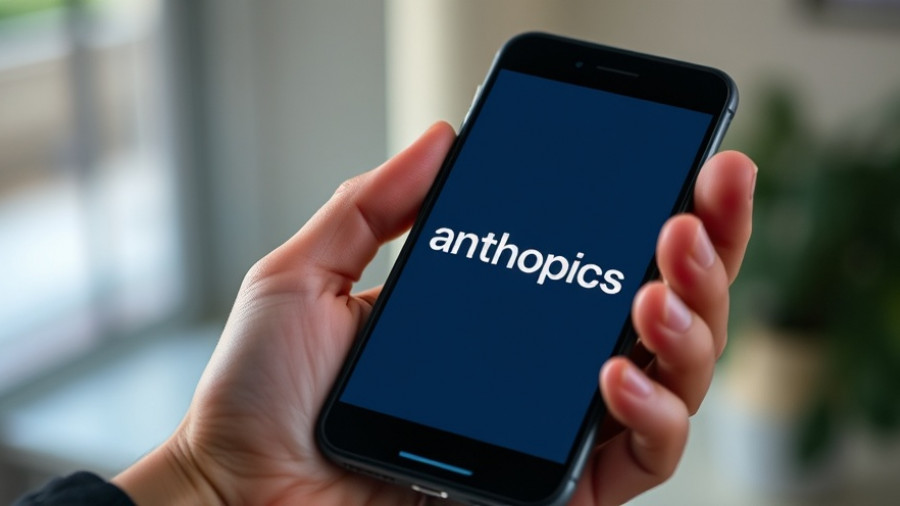
The AI Demand Surge: Hon Hai's Impressive Growth
Hon Hai Precision Industry Co., widely known as Foxconn, recently reported an impressive 11% growth in quarterly sales, totaling NT$2.06 trillion (approximately $67.8 billion). This growth signals a robust demand for AI infrastructure, particularly as Hon Hai continues to leverage its partnership with Nvidia. The results are not just numbers; they reflect a shifting landscape in technology, where AI is becoming a staple in innovation and production.
The Role of AI in Hon Hai's Revenue Growth
As the world increasingly gravitates towards AI technologies, Hon Hai's revenue is on an upward trajectory thanks to its pivotal role in major AI initiatives. The company has positioned itself at the forefront of OpenAI's Stargate AI infrastructure project, which involves a colossal $400 billion investment aimed at developing new data center sites across the U.S. This influx of capital is expected to more than double Hon Hai's server revenue in the upcoming quarters, showcasing the lucrative prospects that come with AI advancements.
Geopolitical Challenges and Business Resilience
Despite its optimistic outlook, Hon Hai faces significant challenges posed by geopolitical factors, particularly the ongoing US-China trade war. The company has recently made adjustments to its revenue forecasts, hinting at potential downsides from these tensions. In response, Hon Hai is taking proactive measures, such as diversifying its manufacturing operations away from China, aiming to mitigate risks associated with volatility in international trade relationships.
Expanding AI Production in the U.S.
With strong backing from tech giants like Apple and Nvidia, Hon Hai is expanding its AI server production capabilities in the United States. Plans are underway to enhance production in key states such as Wisconsin and Texas, where existing campuses will be upgraded to accommodate increasing demands for AI-powered services. This strategic move not only positions Hon Hai for future growth but also reflects a broader trend where companies are reevaluating their supply chains and production methods in response to global marketplace dynamics.
The Future of AI Infrastructure: What Lies Ahead
As AI technology continues to evolve, the implications for businesses across sectors are significant. With companies like Hon Hai leading the charge in AI infrastructure development, the future looks promising. Investors and consumers alike are watching closely as the landscape transforms, especially considering the announcement of new AI projects and partnerships. The ongoing rise of AI capabilities could yield unprecedented changes in how businesses operate, fundamentally reshaping market strategies and consumer experiences.
 Add Row
Add Row  Add
Add 




Write A Comment